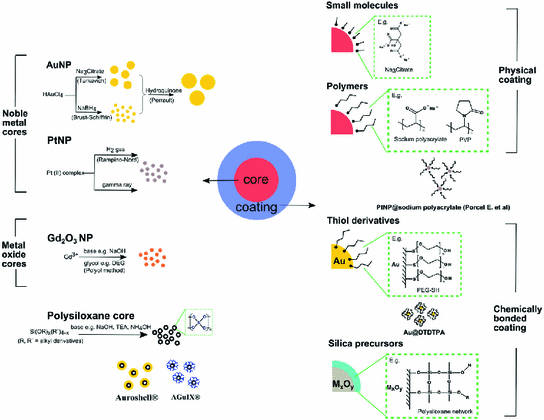
Numpy linspace() vs arange()īoth the numpy linspace() and arange() functions are used to generate evenly spaced values in a given interval but there are some differences between the two – You can see that the resulting values are still evenly spaced but now have a step-size of two.įor more on the numpy arange() function, refer to its documentation. For this, pass the desired step-size to the step parameter. Let’s now generate values between 2 and 9 with a step-size of 2.

Since we have not specified the step-size, its default value of 1 is used. Here, 2 is the start value and 9 is the stop value.

For example, values between 2 and 9 – # generate values between 2 and 9 Let’s now generate values between two custom numbers. Thus we get an array of values from 0 to 5 (5 not included) with a step-size of 1. For paramters start and step, their default values – 0 and 1 are used respectively. Here, we only pass one value to the function, 5 which is treated as the value for the parameter stop. For example, to generate values from 0 to 4 – import numpy as np If you only pass a single number to the np.arange() function, it will return an array of values starting from 0 with a step-size of 1 till (but not including) the number you passed. Let’s look at some examples of using the numpy arange() function. More on the difference between the two at the end of this tutorial. That is the interval including start but excluding stop.Īlso, this function is similar to the numpy linspace() function which also generates evenly spaced values in linear space. Note that the values are generated in the half-open interval [start, stop). It returns a numpy array of values that are evenly spaced. # mostly you'll be using only these paramters # np.arange with all the default paramtersĪrr = np.arange(start=0, stop, step=1, dtype=None, like=None) The following is the syntax: import numpy as np The numpy arange() function is used to create an array of evenly spaced values in a given interval with a uniform step size. Numpy.reshape(array, shape, order = ‘C’) : Shapes an array without changing data of array.In this tutorial, we will look at the syntax and usage of the numpy arange() function with the help of some examples. (i.e original size of array remains unchanged.) The only required condition is: a1 x a2 x a3 … x aN = b1 x b2 x b3 … x bM. We can reshape and convert it into another array with shape (b1, b2, b3, …, bM). Consider an array with shape (a1, a2, a3, …, aN). Reshaping array: We can use reshape method to reshape an array. Numpy.zeros(shape, dtype = None, order = ‘C’) : Return a new array of given shape and type, with zeros. Numpy.empty(shape, dtype = float, order = ‘C’) : Return a new array of given shape and type, with random values. These minimize the necessity of growing arrays, an expensive operation. NumPy offers several functions to create arrays with initial placeholder content. Output: The new created array is : 1 2 3 1 5 Print ("The new created array is : ",end="")
#Numpy.arange quantumwise code
# Python code to demonstrate the working of

#Numpy.arange quantumwise how to



 0 kommentar(er)
0 kommentar(er)
